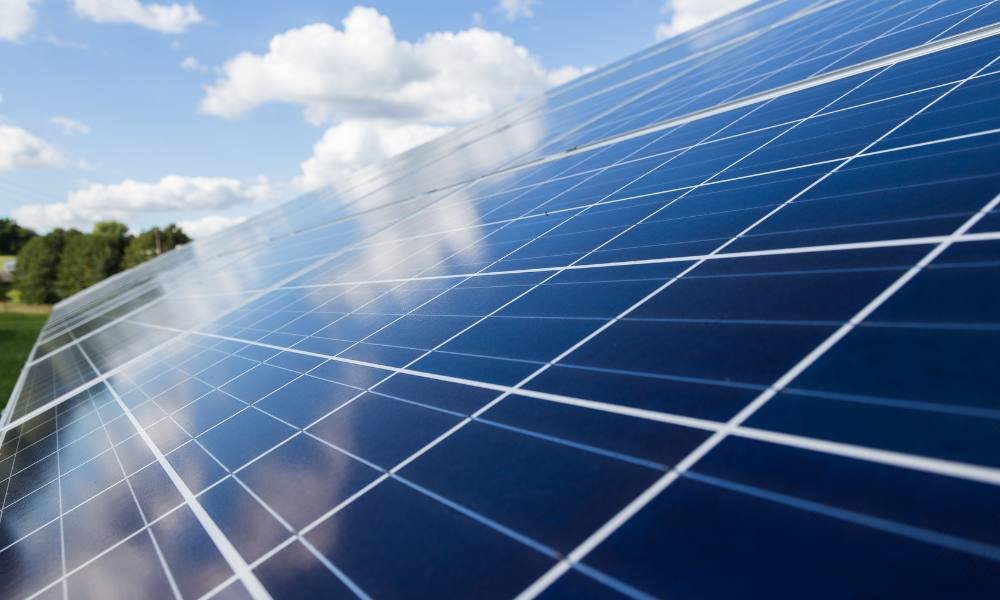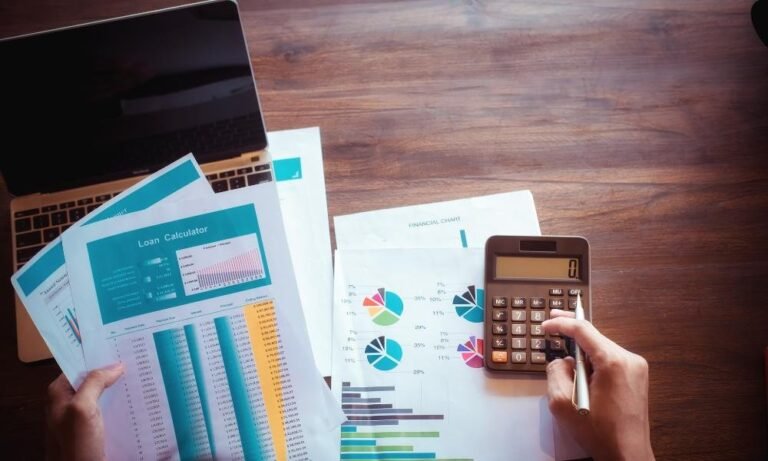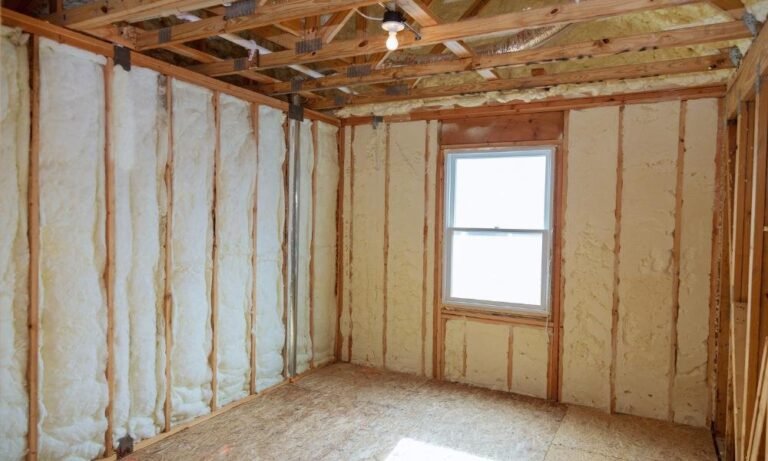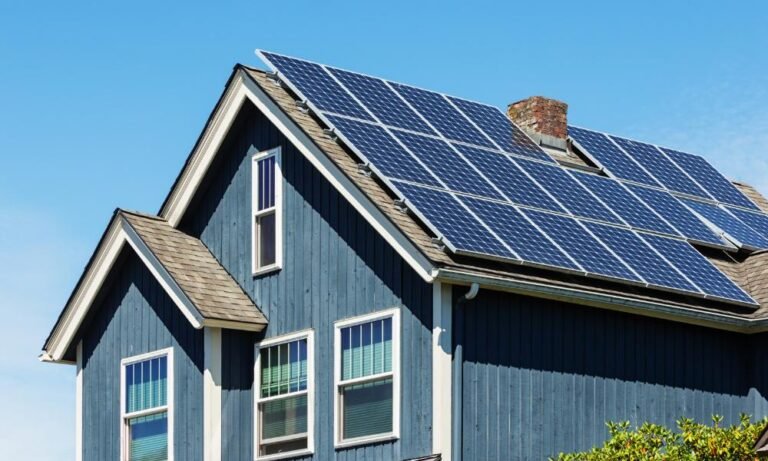Estimated reading time: 5 minutes
Electricity costs always seem to be heading in one direction—up. A few years ago, I got tired of watching my bills climb higher and decided to look for a smarter, more cost-effective way to power my home. That’s when I turned to renewable energy. Since then, my monthly expenses have dropped significantly, and I want to share exactly how that happened.
If you’ve ever wondered whether solar technology is a smart financial move, let me walk you through the key points:
- How harnessing sunlight lowers my reliance on the grid.
- The financial perks beyond just smaller bills.
- What affects cost reductions, from system size to location.
- How net metering lets me earn credits on excess power.
- Long-term return on investment (ROI) and how soon it pays off.
- Ways to maximize benefits and avoid common pitfalls.
Let’s break it down.
How My Home System Generates Power and Saves Money

At its core, this technology works by capturing sunlight and converting it into usable electricity. Instead of depending entirely on my local utility, my setup allows me to produce much of the power I need. Here’s a simple breakdown:
- Sunlight hits the panels, which contain photovoltaic cells that generate direct current (DC) power.
- An inverter converts DC into alternating current (AC)—the kind used to run household appliances.
- The electricity is either used immediately or sent back to the grid, earning me credits through net metering.
- If my system produces more than I consume, I get compensated for the surplus.
With this setup, I’ve been able to cut back on how much I purchase from the grid, which translates to real savings each month.
The Financial Benefits: More Than Just a Lower Bill
Switching to this renewable solution wasn’t just about sustainability—I wanted to see actual financial benefits. Here’s what I’ve gained:
1. Lower Monthly Expenses
Since installing my system, my bill has dropped by nearly 60%. The reduction started immediately, and as electricity rates rise, my savings grow even more.
2. Government Incentives and Tax Credits
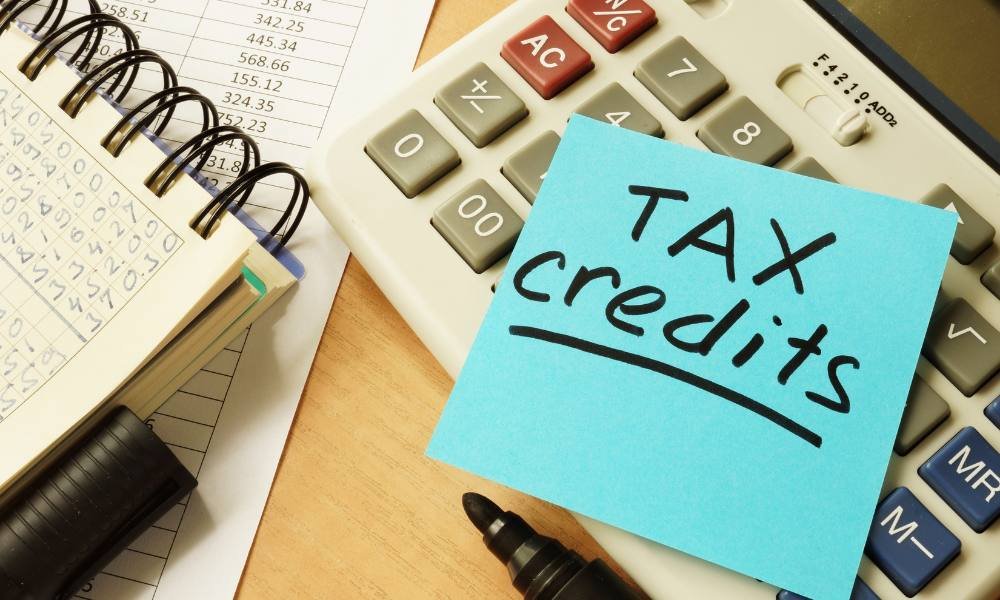
I took advantage of federal tax credits, which covered 30% of my installation costs. Depending on where you live, you might also qualify for state rebates and additional financial perks. (For more details on these benefits, check out this guide.)
3. Boosted Home Value
Properties equipped with solar technology tend to sell faster and for a higher price. Real estate studies show that buyers are willing to pay extra for homes with lower energy expenses.
What Determines My Savings?
Not all systems provide the same level of financial benefit. Here are the biggest factors that impact how much I save:
- Where you live – Areas with consistent sunlight year-round produce more power.
- System size – Larger setups generate more electricity, reducing grid dependence.
- Your usage habits – The more power you consume, the more you benefit from producing your own.
- Utility costs – Higher regional rates mean greater potential savings.
Wondering if your home is a good fit? Here are 7 signs you’re ready to make the switch.
Net Metering: How I Earn Credit for Extra Power
One of my favorite parts of this investment is net metering, which allows me to sell surplus power back to the grid.
Here’s how it works:
- On sunny days, my system often generates more than I use.
- That extra energy is fed back into the utility network.
- My power company gives me credits, lowering my future bills.
During cloudy days or at night, I use those credits instead of paying for electricity. Thanks to this setup, some months my total bill is close to zero.
Not all areas offer net metering, so it’s worth checking with your provider.
Long-Term ROI: When It Starts Paying Off
A lot of people hesitate because of the upfront cost of installation. I get it—it’s an investment. But here’s why I didn’t let that hold me back:
- Most systems break even in 8–10 years. After that, every dollar saved is profit.
- They last 25+ years. That means at least 15 years of nearly free power once I hit my break-even point.
- If electricity prices continue rising (and they always do), my savings will only grow over time.
Still not sure? Read more about whether this investment makes financial sense in this detailed breakdown.
How I Maximize My Savings
Having this setup is great, but I took a few extra steps to increase my cost reductions even more:
1. Energy-Efficient Appliances
Pairing my system with low-energy appliances and LED lighting helped me cut usage further. Small adjustments like these stack up to big savings. (Here are some top energy-saving tips.)
2. Smart Energy Scheduling
I run high-energy tasks (like laundry or dishwashing) during peak sunlight hours, when my system is producing the most power.
3. Better Home Insulation
A well-insulated home reduces energy waste. By sealing leaks and upgrading attic insulation, I use less power for heating and cooling. (Learn more about how insulation lowers costs.)
Final Thoughts: Why I’d Never Go Back
Looking back, switching to this sustainable power source was one of the best financial moves I’ve ever made. My bills are lower, my home is worth more, and I feel good knowing I’m contributing to a cleaner environment.
If you’re tired of unpredictable electricity prices, this is worth considering. The initial investment might seem big, but the long-term financial returns make it a smart decision.
Thinking about making the switch? Start by figuring out if your home is a good fit—this guide can help. Then, explore ways to maximize your efficiency so you can get the most out of your investment.
